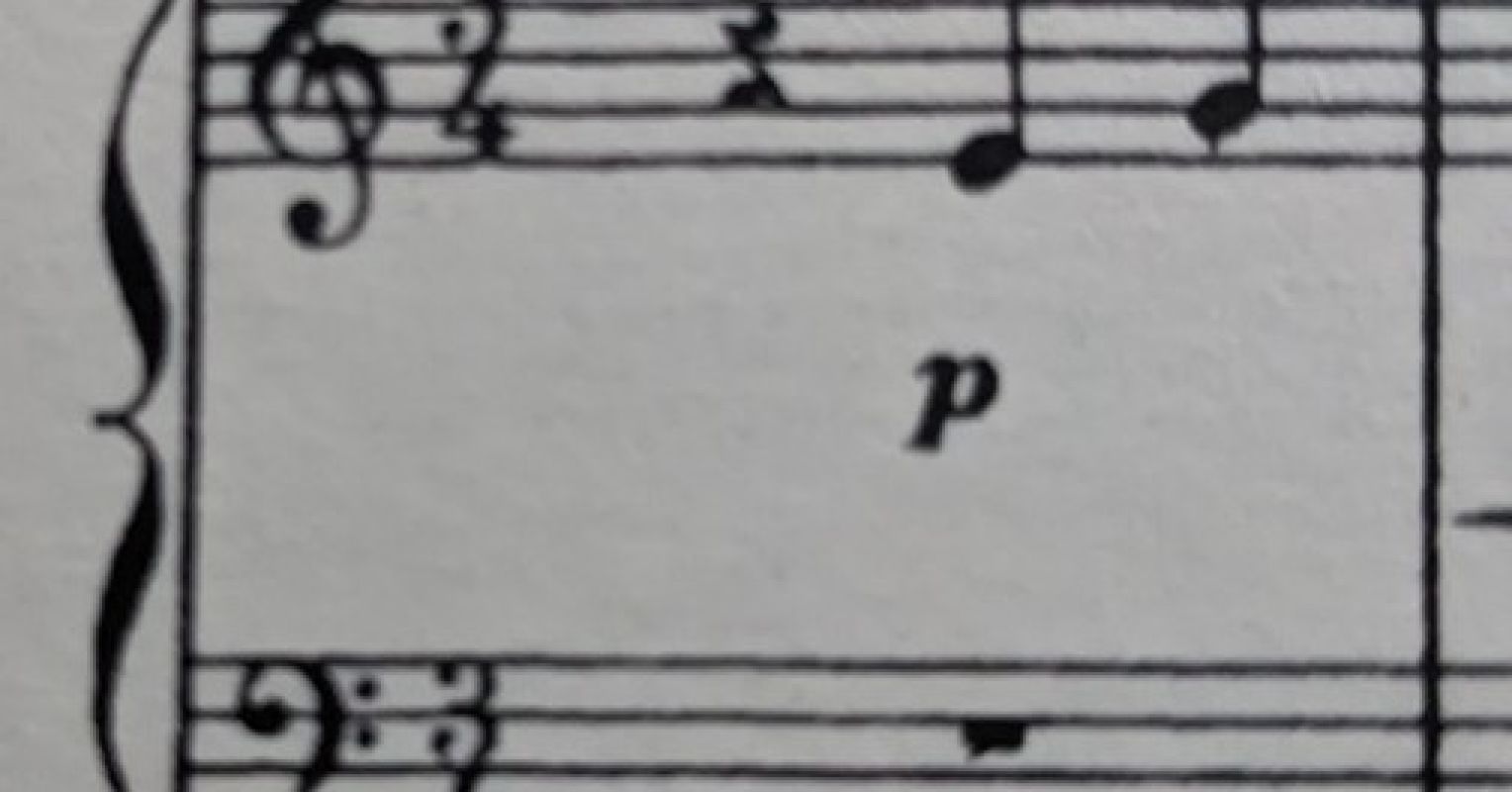970x125
What makes music unique, unlike other forms of expression or communication? I suspect most people could put together a personal list of several things. But among the most important have to be the ways music is wedded to time.
Each note – even each rest – has a time value. Each measure has a time signature, the meter, and the repeating meter, measure after measure, contributes to the song’s beat. Also, while other activities (such as an athletic maneuver or telling a joke) may require timing for brief moments, a piece of music depends on timing for many consecutive minutes.
Highlighting the centrality of rhythm, numerous songs have been written about its importance and what it can do for you:
- Rhythm can do everything, according to Ira and George Gershwin since, if you’ve got rhythm, there’s no need to ask for anything more.1
- Duke Ellington said to give it everything you’ve got.2
- The Blackbyrds walked back home to their sweetheart in rhythm3 while The Cascades likened love lost to the rhythm of the falling rain.4
- The Plain White T’s found rhythm freeing5 while Katy Perry felt chained by it.6
Rhythm refers to the various components of a piece of music that pertain to time. Briefly stated, music adheres to conditions linked to time. The scientific way of saying this is: Music respects time constraints.
How does this relate to the brain? The brain has internal rhythm generators that are active during repetitive movements, such as walking. These generators are located deep in the brain – particularly in areas known as the basal ganglia and brainstem – and work automatically, without our having to think about them.
Some neurologic disorders damage the ability of these internal rhythm generators to function properly. Probably the best known of these afflictions is Parkinson’s disease (PD). Abnormal walking is a hallmark of PD: At first it is just slowed, but the risk of balance loss and falling increases over time.
The human brain also possesses the ability to coordinate repetitive motions with a rhythm source that is external to the body. Very few animals7 have this ability and they possess it at a rather primitive level. Humans, on the other hand, can finely hone it.
Music is a terrific example of an external rhythm generator. The drum is the instrument most associated with producing a beat. Dancing may be the most sophisticated example of matching one’s movements to the rhythm of the music. And the movements of other body parts – not just the legs – can be brought into alignment with music’s rhythmic beat.
The ability to match body movements with a rhythmic beat gives humans an incredible evolutionary advantage. This is especially true since an entire group of people can match their movements to the same rhythm and can thus work together as a team. Think of a dance troupe, orchestra, or choir. Timing – a key component of rhythm – is the essential ingredient that joins them together as a unit.
Music not only keeps people’s bodies moving as a team, it also keeps participants mentally focused on a task. A surgeon friend of mine, now retired, once told me that he liked to have music playing in the operating room during surgery because fewer mistakes were made as compared to when no music was playing.
One of the best examples I’ve come across of music keeping a team’s movements in sync and their minds focused on a task is turning a capstan to raise an anchor on board ship at the Mystic Seaport. A museum employee plays the role of the chanteyman (song leader), while 8-16 volunteers synchronously march in time to turn the capstan. The task requires strength and alertness. The song (chantey) truly helps maintain mental and physical focus on the task.8
The bottom line is this: Rhythm is vital to teamwork and human success.



